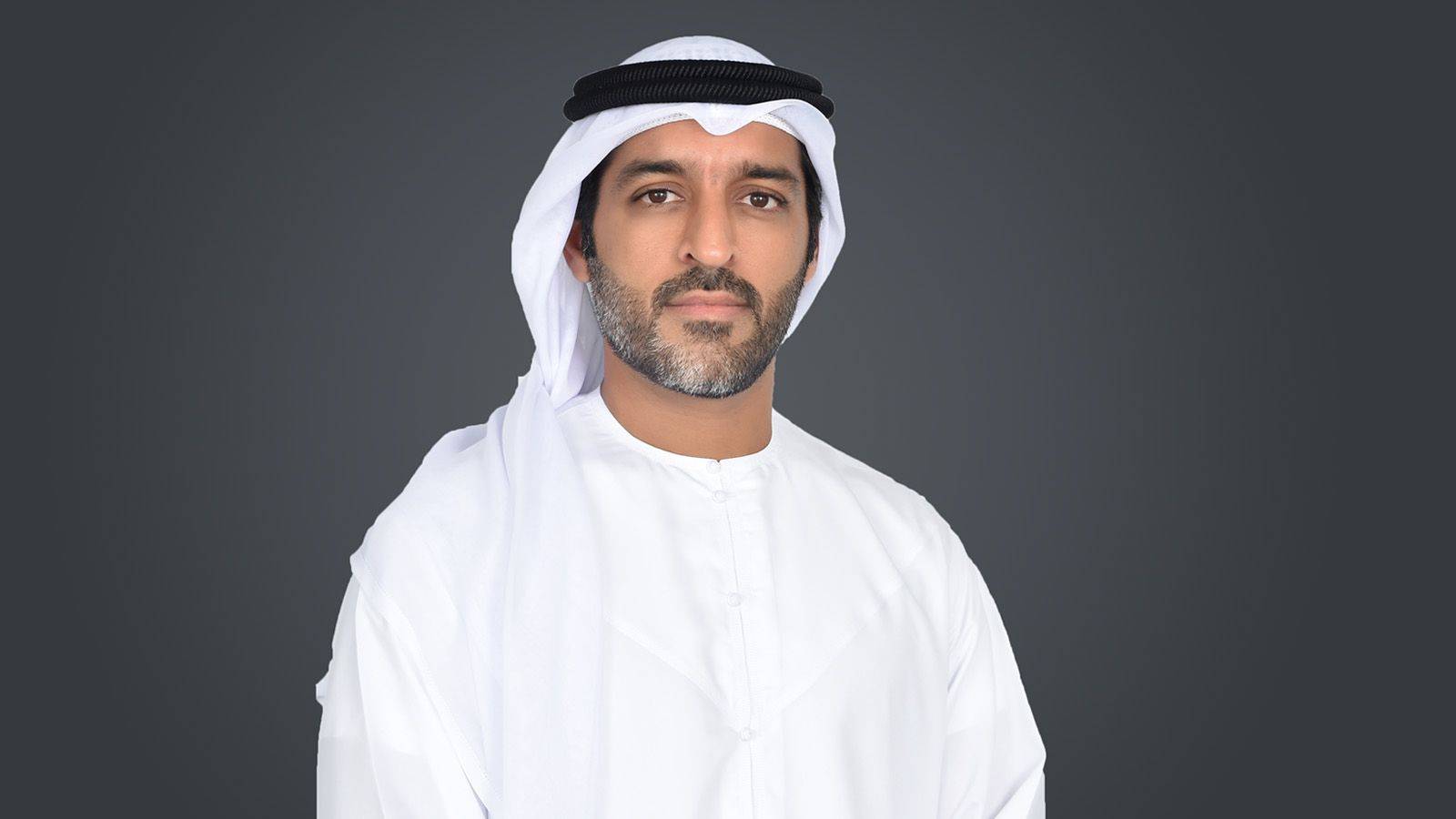Saif Al Dahbashi, CEO of AL TAIF
Ground vehicle maintenance technical training is a crucial discipline. Highly controlled by government regulations and industries, the task of keeping armoured personnel carriers (APCs) in safe operating condition requires not only intense training for ground crew and mechanics, but compliance with a long list of specific rules.
One of the challenges of training is that, until recently, the only viable way for students to practice has been to use real vehicles, in which trainees pass their examinations by performing repairs and maintenance under the watchful eye of an experienced instructor. While effective, this portion of the training can be costly and dangerous — costly due to the expense of access to military vehicles and materials, and dangerous due to the trainee’s inexperience. A student with only classroom training, unfamiliar with the physical aspects of the work, could potentially waste materials, injure others, or even entirely ruin expensive APC components.
To minimise the risk of damaging operational vehicles and protect the welfare of the students, the land systems industry has looked toward emerging technologies to help fill the gap between traditional classroom training and hands-on training. By utilising Virtual Maintenance Training (VMT), maintenance repair and overhaul (MRO) and technical training organisations can leverage that breach. Many leading regional MRO training providers are making the transition, as the developing demands of the industry require an adjustment to meet changing technologies, increased desire for pioneering engineers, and the need to adapt to safer and economically practical methods.
Far too often, today’s maintenance personnel receive instruction and training that remains virtually unchanged from decades ago. As vehicles, aircraft, and equipment have advanced, those responsible for maintenance continue to be trained with antiquated materials and outdated training methods. The primary means of training continue to be schematics, classroom instruction, component cutaways, and on-vehicle training.
VMTs solve these limitations by making use of high-fidelity virtual 3D models of vehicles and equipment to deliver comprehensive qualification training to new maintainers, or to provide sustainment training for experienced users. Furthermore, hardware simulation facilitates a training experience that reacts to correct or incorrect maintenance performance, allowing students to make mistakes, receive feedback, and perform corrective actions as they would on the real hardware.
They are easily accessible, as students can retrieve the courseware to study at any time. Instructors can easily monitor students, aiding overall instructor functionality, and team training capabilities allow students on individual computers or systems to interact with one another and simultaneously undertake a maintenance training task. Additionally, VMTs allow for a wider range of adaptability, training students through a wider variety of scenarios that can easily be reset.
The VMT work packages strictly follow approved maintenance manuals and offer three levels of interaction: Beginner level tasks provide step-by-step instruction and guide students through the completion of a maintenance task; Intermediate level tasks allow the students to perform a task while referencing the appropriate maintenance manual; Advanced level tasks challenge the students’ troubleshooting abilities. At the Intermediate and Advanced levels, the VMT can be used for recurrent training to reinforce and refresh knowledge or procedures and skills that are not applied on a regular basis.
The VMT approach to technical training eliminates dependencies on custom hardware, reduces the risk of damage to operational equipment, improves safety, and eliminates wear and tear on actual components.
Investing in these methods create new ways in which the defence industry continues to be innovative and bold, ensuring only the best methods by which to train incoming land systems experts. By leveraging the latest disruptive technologies, the MRO industry can safely and confidently ensure the future of the next generation of UAE ground vehicle maintenance and repair talent.
